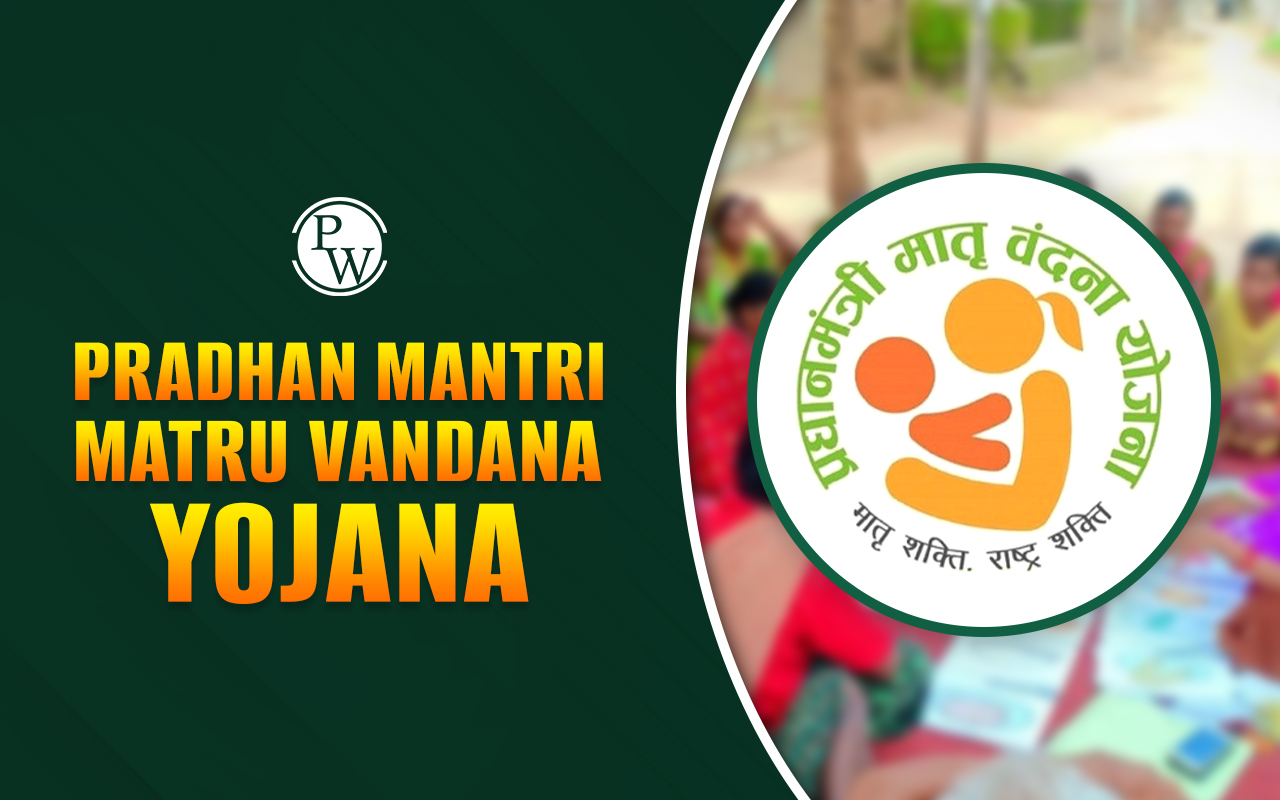
Judicial activism refers to the proactive role that the judiciary takes in protecting rights, promoting justice, and ensuring accountability in cases where the executive or legislature may have fallen short.
It involves judges interpreting laws in a way that upholds constitutional values, even if this requires going beyond the literal text . Judicial activism has played a crucial role in Indian polity and governance, making it an important topic for the UPSC exam.What is Judicial Activism?
Judicial activism meaning according to Black's Law Dictionary is ‘Philosophy of judicial decision making whereby judges allows their personal views about public policy among other factors to guide their decision’. This approach enables the judiciary to safeguard the interests of citizens, especially when legislative or executive inaction threatens those interests. It often occurs when judges find that existing laws do not adequately address pressing social or political issues. For example, in India, the Supreme Court has treated even a letter as a writ petition . Through judicial activism, courts do not merely interpret laws but also shape public policy by interpreting laws expansively.Evolution of Judicial Activism
The term judicial activism was first introduced by Arthur Schlesinger Jr. in his 1947 article The Supreme Court 1947. In India, it started gaining momentum in the 1970s. A key turning point came with the landmark case of Kesavananda Bharati v. State of Kerala (1973 ), where the Supreme Court introduced the "basic structure" doctrine. This doctrine stated that certain fundamental features of the Constitution cannot be changed by Parliament, which helped protect India’s core democratic values from potential misuse of power by the government. This case marked the beginning of judicial activism , as it showed the judiciary's role in checking the power of the legislature. As time went on, the courts also began using Public Interest Litigation (PIL). This innovative legal tool allowed individuals or groups, even if they were not directly affected, to approach the courts on behalf of public causes. PIL became a powerful mechanism for the judiciary to address social issues, protect the environment, and ensure accountability from the government.Key Features of Judicial Activism
Judicial activism in India is characterized by several unique features:- Protection of Fundamental Rights: The judiciary actively protects citizens' fundamental rights. Courts have used judicial activism to interpret the Constitution in order to safeguard essential rights such as freedom of speech and the right to life.
- Expansive Interpretation of Laws: Through judicial activism, judges have interpreted laws broadly. This has helped in making laws relevant in modern-day contexts, which were not envisaged by the lawmakers at the time the laws were written
- Judicial Review : Through judicial review, the judiciary checks the legality of legislative and executive actions, ensuring they comply with the Constitution.
- Protecting the Basic Structure: It helped in preserving the basic structure of the Constitution. The judiciary often acts as the guardian of the Constitution, preventing any laws or amendments that could potentially undermine constitutional values.
- Social Justice: It has played an important role in social justice by taking a proactive stance in addressing issues such as poverty, caste discrimination, and human rights violations.
Judicial Activism in India: Landmark Cases
To truly understand judicial activism in India, it's essential to examine some landmark cases that have defined this approach:- Keshavananda Bharati v. State of Kerala (1973 ): This case established the "basic structure doctrine," which asserts that Parliament cannot amend the Constitution in a way that alters its basic structure.
- Maneka Gandhi v. Union of India (1978): This case expanded the scope of Article 21 (Right to Life and Liberty). It paved the way for a more activist role for the judiciary in interpreting fundamental rights.
- MC. Mehta v. Union of India (1987): This case dealt with environmental protection and was a significant moment in environmental jurisprudence in India. The Supreme Court took a proactive approach, setting precedents for judicial activism in safeguarding the environment.
- Vishaka v. State of Rajasthan (1997) : In this case, the Supreme Court laid down guidelines to prevent sexual harassment at the workplace, in the absence of a law on the subject. The Court’s judgment in this case reflected judicial activism aimed at safeguarding women’s rights.
- Right to Privacy Case (2017): In this case, the Supreme Court recognized the right to privacy as a fundamental right under Article 21 of the Constitution. This judgment highlighted the judiciary’s ability to adapt to modern challenges like new technology and data privacy.
Significance of Judicial Activism
Judicial activism holds particular significance in India, serving as a tool to address gaps in governance and protect citizens' rights. Here’s why it matters:- Protects Democracy: Judicial activism acts as a check on the powers of the executive and legislature, ensuring that they work within constitutional limits.
- Promotes Social Justice : By addressing issues of social injustice, judicial activism ensures equality and upholds citizens’ rights.
- Ensures Accountability: Judicial review allows the judiciary to scrutinize government actions, fostering transparency and accountability.
- Strengthens Constitutional Morality: Courts often interpret the Constitution in ways that reinforce ethical governance and uphold the rule of law.
- Empowers Citizens : It encourages active citizen engagement in democracy through PILs, enabling individuals to address larger societal concerns.
Judicial Activism vs. Judicial Restraint
There is often debate over whether judicial activism is beneficial or harmful. On one side, proponents argue that judicial activism ensures that justice is delivered, especially in cases where the legislature and executive have failed. It acts as a check on the powers of the other branches of government and is vital for the protection of fundamental rights. On the other hand, critics believe that courts should stick to their primary role of interpreting laws, not making them. They argue that judicial activism leads to the judiciary overstepping its boundaries (Judicial Overreach) and interfering with the legislative process. This can result in a lack of accountability, as unelected judges make decisions on issues that should be the domain of elected representatives. Explore PW UPSC Courses to gain more insights into complex topics like judicial activism and to enhance your preparation for the IAS exams!| UPSC Related Articles | ||
| Indus Water Treaty | Mission Karmayogi | Circular Economy |
| UPSC Mains Syllabus | Cooperative Federalism | Sendai Framework |
Judicial Activism FAQs
What is judicial activism?
Judicial activism refers to the active role played by the judiciary in interpreting laws and the Constitution, especially to protect the rights of individuals and promote justice.
What is the definition of judicial activism?
According to Black's Law Dictionary, judicial activism is a philosophy of judicial decision-making where judges allow personal views and policy considerations to influence their rulings, aiming to protect rights and address societal issues.
What are examples of judicial activism in India?
Landmark cases like Kesavananda Bharati v. State of Kerala (1973), Vishaka v. State of Rajasthan (1997), and NALSA v. Union of India (2014) showcase judicial activism in India.
What role does Public Interest Litigation (PIL) play in judicial activism?
PILs allow citizens to seek judicial intervention on public issues, making the judiciary accessible for societal welfare and promoting accountability.
How is judicial activism different from judicial restraint?
Judicial activism involves the judiciary taking an active role in shaping laws, while judicial restraint means that courts limit their interference in legislative matters.
Talk to a counsellorHave doubts? Our support team will be happy to assist you!

Check out these Related Articles
Free Learning Resources
PW Books
Notes (Class 10-12)
PW Study Materials
Notes (Class 6-9)
Ncert Solutions
Govt Exams
Class 6th to 12th Online Courses
Govt Job Exams Courses
UPSC Coaching
Defence Exam Coaching
Gate Exam Coaching
Other Exams
Know about Physics Wallah
Physics Wallah is an Indian edtech platform that provides accessible & comprehensive learning experiences to students from Class 6th to postgraduate level. We also provide extensive NCERT solutions, sample paper, NEET, JEE Mains, BITSAT previous year papers & more such resources to students. Physics Wallah also caters to over 3.5 million registered students and over 78 lakh+ Youtube subscribers with 4.8 rating on its app.
We Stand Out because
We provide students with intensive courses with India’s qualified & experienced faculties & mentors. PW strives to make the learning experience comprehensive and accessible for students of all sections of society. We believe in empowering every single student who couldn't dream of a good career in engineering and medical field earlier.
Our Key Focus Areas
Physics Wallah's main focus is to make the learning experience as economical as possible for all students. With our affordable courses like Lakshya, Udaan and Arjuna and many others, we have been able to provide a platform for lakhs of aspirants. From providing Chemistry, Maths, Physics formula to giving e-books of eminent authors like RD Sharma, RS Aggarwal and Lakhmir Singh, PW focuses on every single student's need for preparation.
What Makes Us Different
Physics Wallah strives to develop a comprehensive pedagogical structure for students, where they get a state-of-the-art learning experience with study material and resources. Apart from catering students preparing for JEE Mains and NEET, PW also provides study material for each state board like Uttar Pradesh, Bihar, and others
Copyright © 2025 Physicswallah Limited All rights reserved.
Get App






